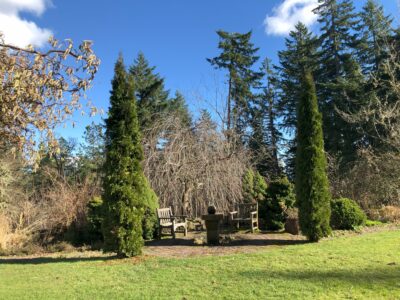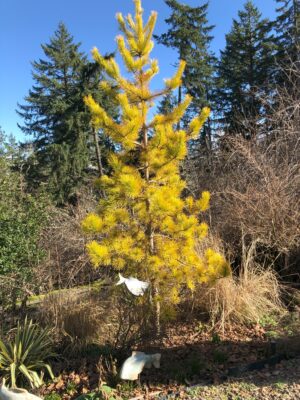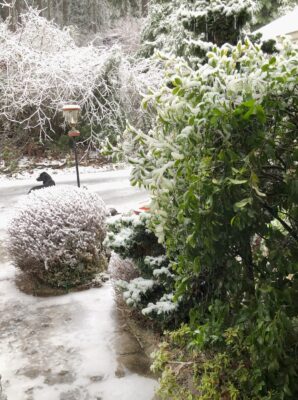
I was all set to write about the latest Hartley greenhouse that will be gracing Seattle’s Northwest Flower & Garden Festival—next month I will bring you that—but now, life (and the weather) has interfered with my plans.
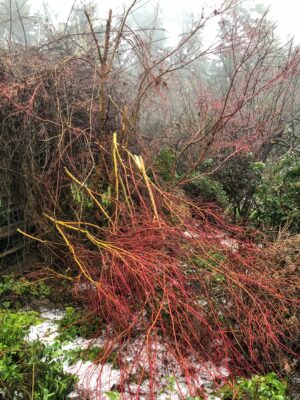
So many parts of the country have been devastated by unprecedented winter storms. Where I live, just outside Eugene, Oregon, we were hit with horrific ice. Warm air off the Pacific collided with a blast of cold coming from the north, and it lingered for days, with ice falling from the sky and accumulating on every tree, power pole, and roadway, turning everything into an inches-thick buildup with a slick sheen of water on top that froze every night. Add wind to that, and my one-hundred-year-old Douglas firs succumbed to the onslaught, their limbs cracking like pistol shots followed by a huge whoomphing sound as they hit the ground. My fences were wrecked. My driveway had four trees across it. A house on the property had a hundred fifty-foot tree go through the back wall. I was without power for ten days, and without internet for twenty-one. All this got me thinking about some ways we gardeners can prepare for oncoming weather events in our garden and greenhouse.

Invest in Pruning
Almost every tree and shrub, both edible and ornamental, that I have planted in the past thirty years was affected by the ice. But the ones that came through the best were either naturally evolved in harsh conditions—my shore pine ‘Chief Joseph’ survived without a break. Or they were the trees and shrubs that had a history of being pruned over the years. It’s no guarantee, but putting money aside for pruning with an arborist is better than later spending it on cleanup, or worse yet, established plant removal.
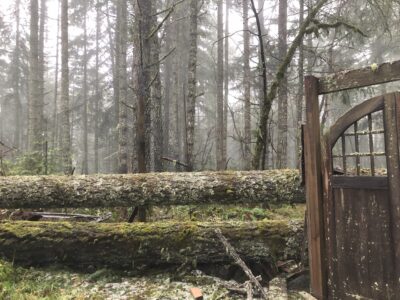
Think Alternative Protections
Our ice storm was predicted, so many people draped coverings over vulnerable plants. However, the wind was also a factor. Be sure that any coverings are pinned or otherwise made secure. Cardboard boxes turned over plants and anchored with a brick or large rock saved plants for Paul Bonine, co-owner of Xera Plants in Portland. Of course, your greenhouse should be rated to withstand the weight of ice or snow—I know that Hartley’s are for any part of the US.
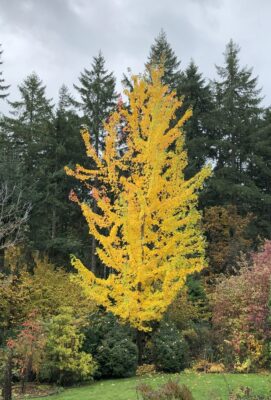
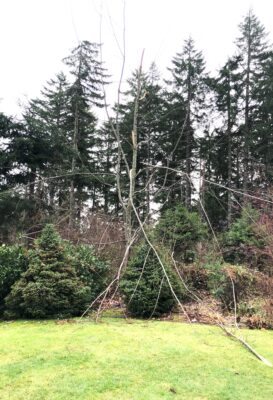
Think Alternate Heat
If you rely on electricity, especially in the greenhouse, consider what backups you can have on hand. A small propane heater fueled by a tank suitable for barbecues may be able to save plants when the lights go out. If you already heat with propane or natural gas in your greenhouse, you will lose an important ally against cold when electric fans can’t move the air around. So, you may want to consider a small generator that runs on either gasoline or propane to keep the fans on. If nothing else, cardboard boxes may also be of use here. Simply place plants inside and close the lid. Trapping the energy they give off may save them.

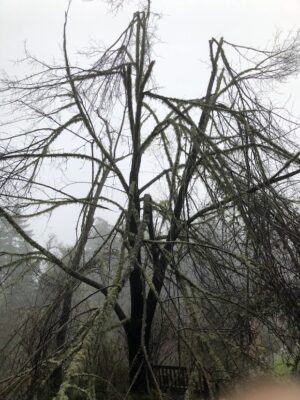
My garden will never be the same, but we gardeners are a resilient lot. My insurance adjuster, who traveled out from Oklahoma to my area for almost a month because of the extent of the damage, says that all these weather events are on the rise—and he should know. He works in the catastrophe department. So, my advice? Think ahead. Prepare yourself, your garden, and your greenhouse as best you can. And know that whatever happens, it will mean more room for more plants.
